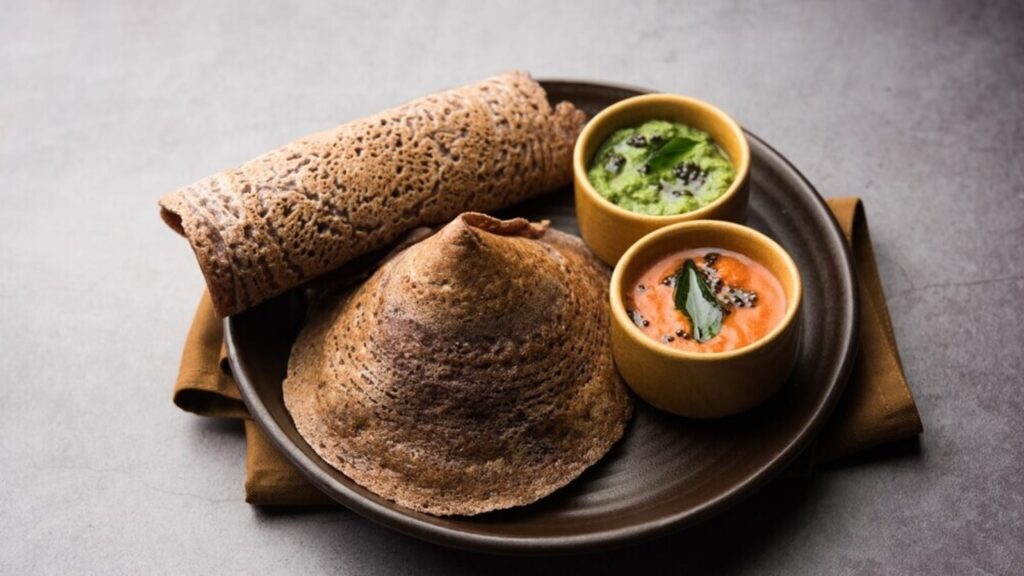You may feel like your diet is sorted and wholesome, but there may be many unseen dietary missteps (or rather neglect). One of these gaps includes fibre deficiency, which is very common. Often, the attention of what’s on your plate hinges heavily on protein, primarily focusing on its daily intake in accordance with body weight. But much like this macronutrient, fibre, too, has an important role to play in your wellbeing.
Clinical dietician Sifa Chishti at Kokilaben Dhirubhai Ambani Hospital, Mumbai, shared with HT Lifestyle that nowadays there’s a low intake of fibre in the Indian diet.
Describing what fibre is, Sifa explained, “Dietary fibre is a type of carbohydrate which cannot be digested by the human body. It is naturally present in plant food sources.”
The benefits extend to preventing serious chronic ailments as well as improving the body’s functions like bowel movements, blood sugar management and digestion. This suggests the value of fibre in the optimum function of the body.
The dietician emphasised the importance of a fibre-rich diet and added, “A diet rich in fibre plays an important role in promoting gastrointestinal health by flourishing good bacteria and reducing the risk of developing chronic diseases such as diabetes mellitus, cardiovascular disease, obesity and cancer.”
Further clarifying the ways it improves health, Sifa stated, “ Dietary fibre has a crucial role in regulating blood sugar level, blood pressure, and cholesterol levels, reducing intestinal transit time and promoting satiety, increasing bulk in stool, producing short-chain fatty acids by promoting fermentation in the intestine.”
Ideal daily fibre intake
Much like protein, fibre too follows a similar suit. It is not something you need just twice a week or every alternate day, but rather a daily requirement, reiterating its vital role for wellbeing. Sifa revealed that the recommended dietary fibre intake is 30 g per 2000 kcal, as advised by the Indian Council of Medical Research.
4 reasons for low fibre intake in the Indian diet

Now, let’s dive deep into the roots of why our everyday meals fall short on fibre. Dietician Sifa listed out these to be the primary reasons why Indians do not have enough fibre:
- Excessive consumption of refined grains: Refined flour (maida) is low in fibre, which is incorporated in high amounts in various Indian food preparations.
- Less intake of fruits and vegetables: Many Indian population lacks in the consumption of fruits and vegetables in an appropriate amount. When taken, it is consumed in juice form due to a lack of knowledge and awareness.
- High dependency on processed food: Due to urbanisation, convenience and lifestyle, many people are highly dependent on processed food such as packaged food products, street food, fried snacks, instant noodles, beverages, which are high in sugars, salt and fats, lacking nutrition and dietary fibre.
- Lack of awareness: There is a lack of knowledge about the benefits of including dietary fibre in diets
How to add fibre (daily) to your diet?

Next, how can you be smart and hit the daily fibre target? On a daily basis, there are so many of these ‘targets’ vying for your attention: from work deadlines to protein requirements, so it may feel like another challenge again. But good news for you, fibre intake is easier than it seems. Already, there are plenty of fibre-rich foods available around you. You just need to plan your food better, whether by sprinkling seeds in your smoothie or switching your Sunday aloo puri for oatmeal.
Sifa shared these options for adding fibre to your diet:
- Including whole grains over refined grains: Replacing polished rice/ maida with whole-grain flours, oats, millets such as jowar, ragi, bajra.
- Incorporating fruits and vegetables in daily diet: Seasonal and locally available whole fruits to be chewed and consumed, and avoid removing fruit peels whenever it’s possible. Include raw salad (cucumber, tomato, carrot, beetroot, capsicum, lettuce) along with lunch and dinner.
- Including dals, pulses and legumes: Mix of different types of dals enhances the fibre and protein content of the meal. Whole pulses such as rajma, chole and lobia are rich in fibre. Sprouting legumes increases the fibre content and bioavailability of nutrients.
- Addition of Seeds: Seeds such as flaxseeds, fenugreek seeds, chia seeds, and pumpkin seeds are rich in fibre. Add them to the diet by mixing in smoothies, buttermilk, curd, or salads.
- Smart cooking practice: Avoid overcooking of vegetables; instead, select steaming, sautéing or roasting vegetables.
- Healthy snacking: Select a healthy snacking option such as fruits, roasted nuts and seeds, roasted chana, steamed sprouts, chickpea/ sprout salad.
Lastly, to ensure you reap the benefits of your fibre intake, the dietician recommended proper hydration and exercise regularly to avoid bloating and constipation.
Note to readers: This article is for informational purposes only and not a substitute for professional medical advice. Always seek the advice of your doctor with any questions about a medical condition.

